|
|

|
Gutob-Gadaba Documentation
|
Gutob-Gadaba is a Munda language, spoken in Koraput district of Odisha and Visakhapatnam
of Andhra Pradesh. It is classified as Munda sub group of Austro-Asiatic language
family. But it is different from the Dravidian Ollar Gadaba language. According
to 1981, 1991, 2001 census of India the population of all Gadaba in Odisha was 56,911,
67,138, 72,982 respectively.
Gutobs are largely agricultural society in profession. They are concentrated mostly
in the Koraput District of Odisha and are found in large numbers in 40 villages
of Lamtaput block. The social administration of the village will be handled by the
Naik, Chalan and Barik. Here Naik is the village elder, who knows everything about
the village. Chalan assists the Naik, selected from the elders of the village. Barik
is from lower caste.
Their main food is ‘Mandia’ made up of ragi flour. Which keep them away from the
starvation; they also eat all types of vegetables and meat. Eating snake was a practice
but recently they stopped eating it. They regularly take local made liquor prepared
by them. It is called as ‘penɖoːm’. They also take it in the ceremonies and festivals.
Gutobs are maintining their cultural practices and rituals. They sing traditional
songs in Gutob in their indigenous festival. ‘Goter’ is the important death ritual
practiced by the Gutob people. In this ritual all the Gutobs participate and thank
or appease their ancestor spirits.
Gutobs do not worship portraits rather worship slabs of stones, earth and village.
Gutobs are fond of wearing ornaments. ‘kɑːɡlɑ’ is a large neck rings made up of
aluminium. It is significant to Gutobs, which shows them different from others.
The language has glottal stop (ʔ) as its special feature, mostly occur at the end
of the word. For example ‘sʊnoʔ’ is a word for ‘broom’. The speakers of Gutob are
mostly bilingual or trilingual or multilinguals. They know their mother tongue Gutob
and dialect of Odisha Desiya and some may know Hindi and also Telugu. Changes in
Gutob culture are visible clearly in their language, dressing pattern, use of ornaments
etc. The new generation of Gutobs are forgetting their language and using Desiya
or Odiya. They started shifting to the Desiya language and approximately 85% of
the Gutobs are no longer speaking their heritage language. Only the elders of the
community could speak their indigenous language.
|
|
Transcribed word
|
ɑleʔsiːr
|
|
Gloss
|
laterally hanging rings on the head
|
|
Regional script (If any)
|
|
|
|
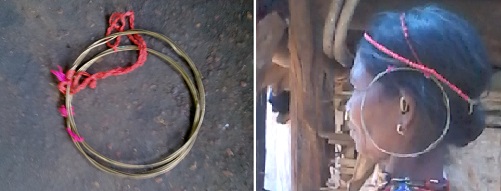
|
|
|
Transcribed word
|
kosɑ dɑːm
|
|
Gloss
|
hair clip
|
|
Regional script (If any)
|
|
|
|
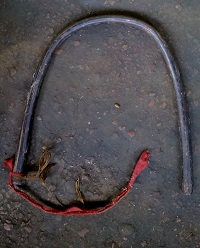
|
|
|
Transcribed word
|
kɑːɡlɑ
|
|
Gloss
|
Big aluminium neck rings
|
|
Regional script (If any)
|
|
|
|
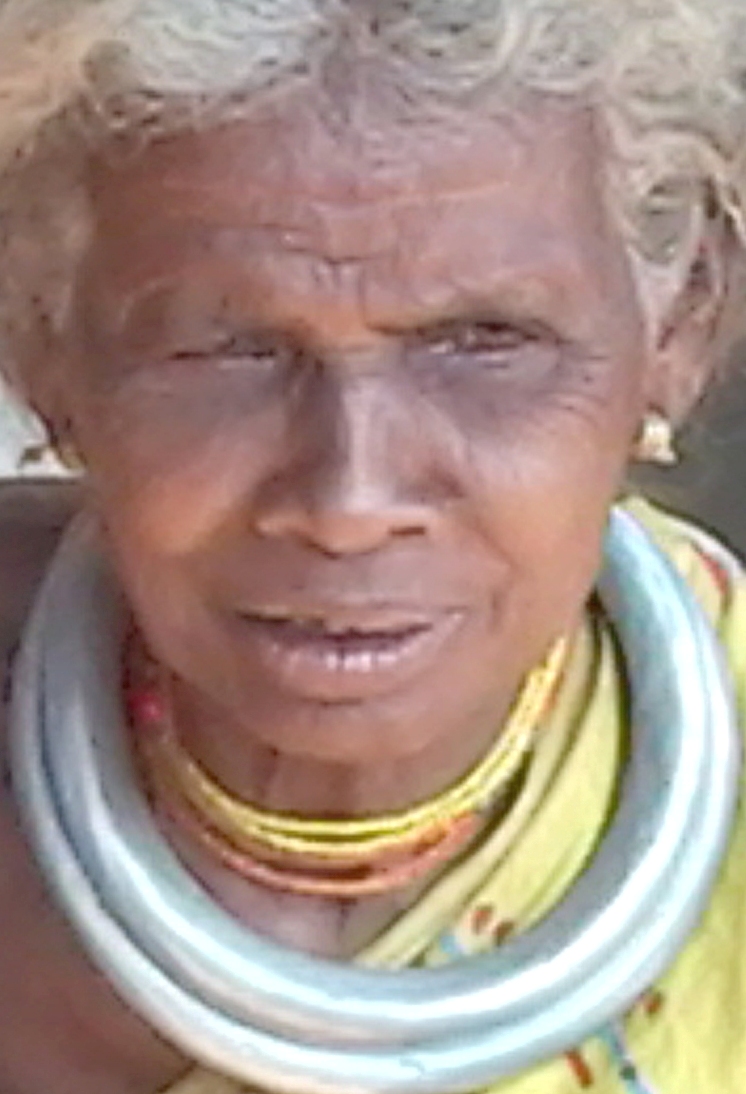
|
|
|
Transcribed word
|
loboŋkoɖɪ
|
|
Gloss
|
nose ring
|
|
Regional script (If any)
|
|
|
|
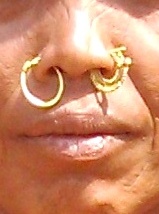
|
|
|
Transcribed word
|
kɪsɑːlo
|
|
Gloss
|
traditional attire
|
|
Regional script (If any)
|
|
|
|
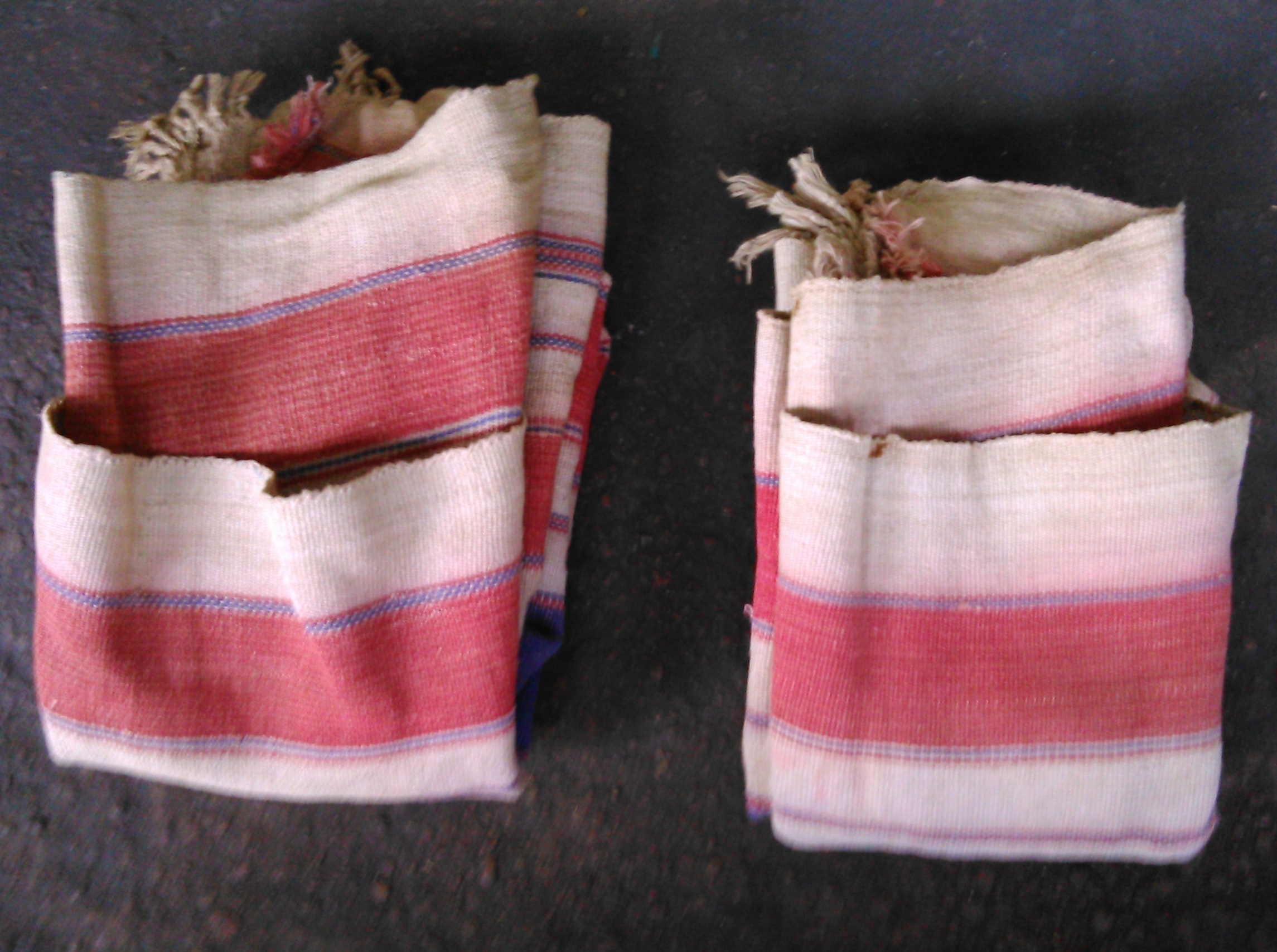
|
|
|
Transcribed word
|
sʊnoʔ
|
|
Gloss
|
broom
|
|
Regional script (If any)
|
|
|
|

|
|
|